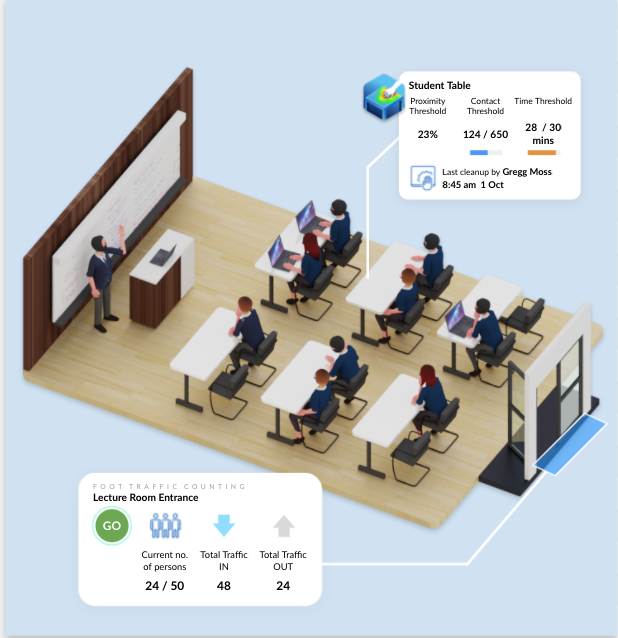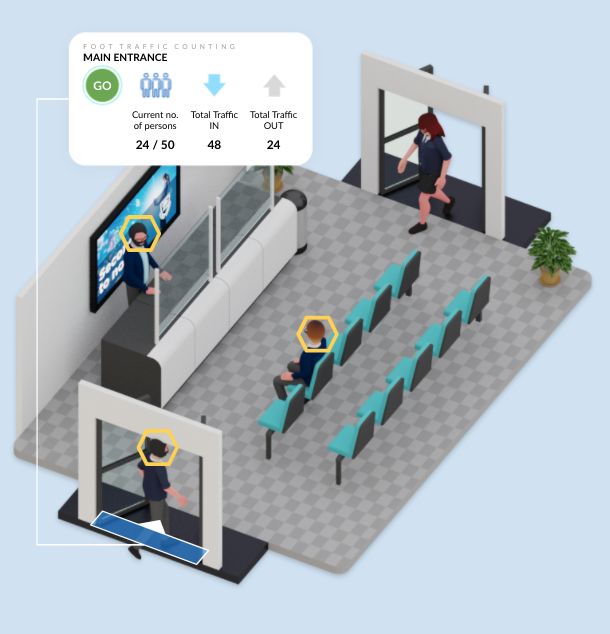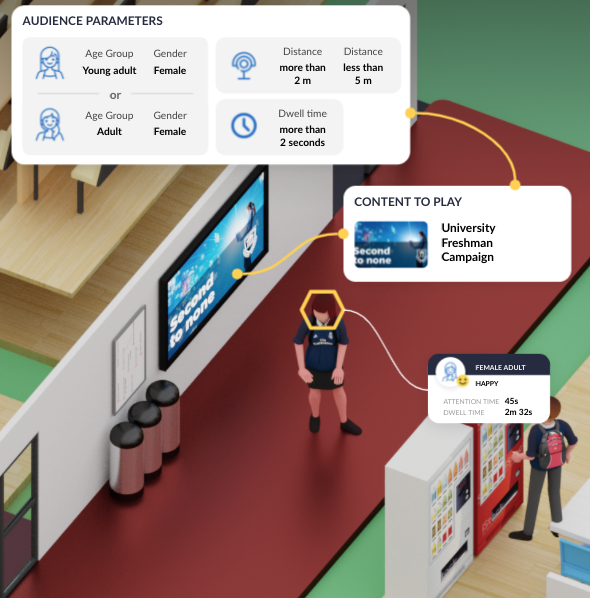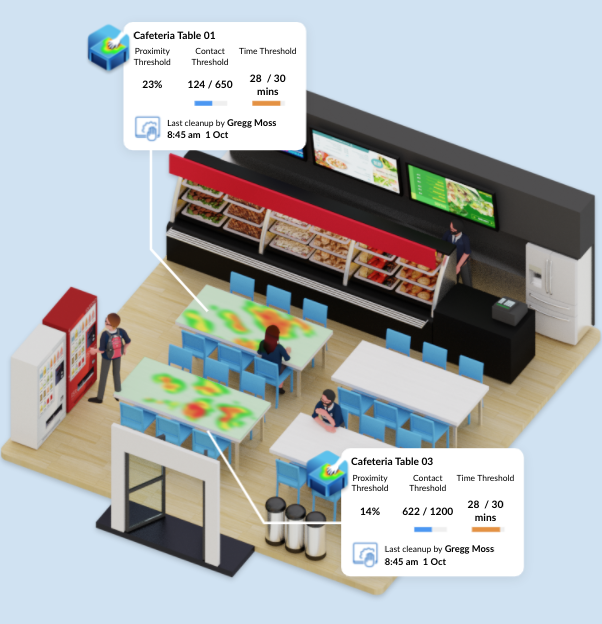Future Vision: 5 Ways Vision AI Can Empower Learning
Today’s students are radically different from those of the past. They are what researchers dub “digital natives” — tech-savvy, connected, and up-to-date with current events. Born into the Fourth Industrial Revolution, they view the world in a different way; broader and more globalized, yet smaller thanks to technology’s interconnectedness.
As a result, this new breed of learners have different expectations on education.
- They demand instant feedback loop
- They value both face-to-face interaction and the efficiency of digital meetings
- They prefer an interdisciplinary approach to learning, not constrained to traditional subjects
Taking into account the current pandemic, COVID-19 has created the largest disruption in the history of education. If there was a gap between students and institutions before, that gap has been made larger with mass school closures, which has impacted close to 94% of the world’s student population.
As cities gradually recover and schools reopen, it is golden time for school management to reevaluate the effectiveness of current teaching-learning strategies. Employing Vision AI solutions in campuses can be a key to break down silos between the traditional school system and digital-first students.
Take a peek at 5 real world examples of how Vision AI can be used in the classroom:
1. Individualized and more personalized lessons
Humans possess multiple intelligences, it’s a known fact. Therefore, it is too simplistic to imagine that a one-size-fits-all approach is an effective way to teach. If so, why do modern education systems still abide by rigid, structured teaching modules that don't consider students’ individual needs and preferences?
Using computer vision to anonymously monitor student engagement in classrooms can be the first step to recognize ways we can develop a more intelligent classroom instruction. Advanced Vision AI can capture expressions that pass on a student’s face when they are struggling to grasp certain subjects, when they are sleepy and disinterested, or when they are truly engaged and engrossed in a subject.
Solutions such as Viana™ by meldCX tracks audience measurement data anonymously, blurring faces and turning each person into a token, so no identifiable data is captured and individual privacy is protected.
2. Smaller student-to-teacher ratio
Studies have shown that reduced class sizes, especially during kindergarten and primary years, have a lasting effect on overall student achievement and performance. To encourage and sustain students’ motivation to learn, it is important to make sure that classrooms — especially large lecture theatres — are not overcrowded.
Computer vision allows schools to count the number of people in a single space automatically and with ease. The AI model can even be taught to differentiate between students and teachers, based on items of clothing or staff lanyards.

It is important to ensure that classrooms are not overcapacity, for maximum student-teacher engagement and to cultivate a comfortable learning environment.
3. Tighter security on campus grounds
Not just in the USA but around the world, institutions need to ensure that their campuses continue to be a safe haven for students and staff to engage. In 2020, there was a recorded total of 615 mass shootings in the USA, 6 of which occurred at a school or university (there is even a dedicated Wikipedia page on it!).
How amazing would it be if individuals carrying dangerous weapons can be detected as soon as they enter premises, automatically notifying security? With Vision AI, this can be done.

Monitor entrances and exits with high-performance cameras; keeping security tight while considerably freeing staff from administrative burdens. Cameras can also be trained to recognize licence plate numbers at campus drop-off and pick-up zones, keeping track of both foot and vehicle traffic in and out of premises.
4. Programmatic digital signage
Get students involved and up-to-date with school activities through interactive and curated digital signage around campus.
With Vision AI, staff can track the effectiveness of signage content by combining anonymous audience measurement with proof of play data. Take signage to another level by curating content based on students’ demographic, engagement level, moods, and apparel.

For instance, create rules so that students who are wearing school basketball gear be shown content featuring sports activities on campus.
5. Compliance to cleanliness and safety mandates
As schools reopen their doors for in-person learning, it is important to keep up with excellent hygiene standards as well as physical distancing — at least until herd immunity is acquired at a larger scale.
Vision AI solution SAMi tracks hand-to-surface data and sends alerts to cleaning teams when contact thresholds are reached to comply with safety mandates. This helps ensure surfaces of chairs, desks, cafeteria tables, and other high-touch areas are safe for students and staff to use.

Anonymous vision analytics can also monitor physical distancing and mask-wearing measures, making sure that individuals in campus grounds oblige with government mandates to reduce the spread of virus.
--
The future is now. Learn more about education solutions by meldCX or simply book a demo for a 1:1 consultation with our Vision AI expert!



















